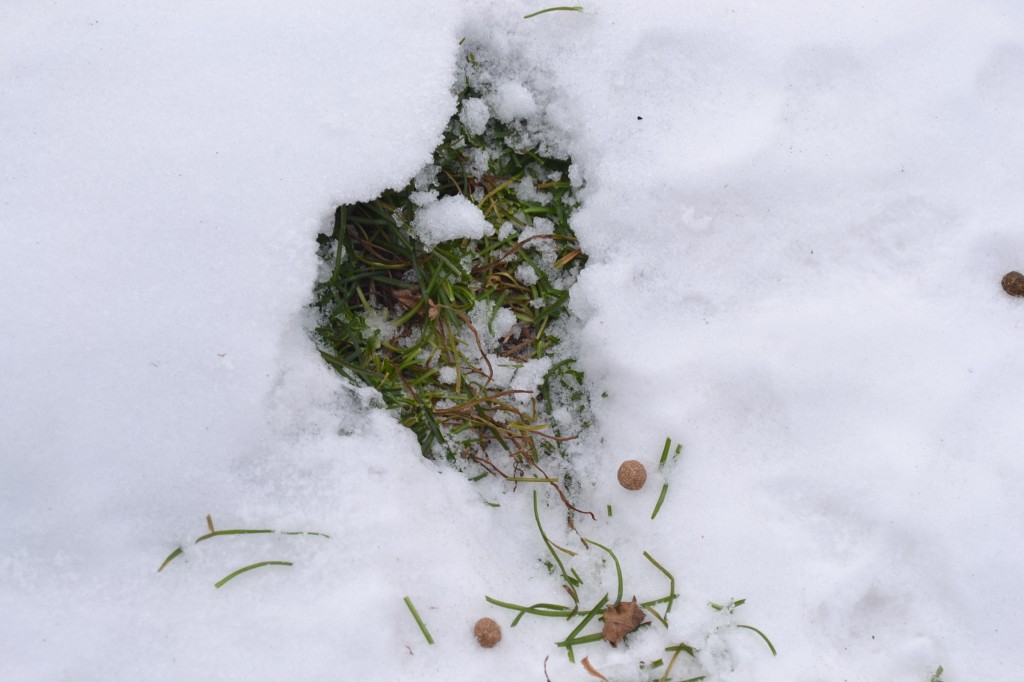Plant damage in the winter can occur from a number of things. If you live in an area that experiences snow, most winter plant damage will be caused by the weight of the snow crushing the plant. Natural snow damage is usually seen with heavy wet snow falls. The heavy and wet snow sticks to the branches of the plant and can cause them to break off. If you have plants near snow piles, the plants can be unintentionally damaged by pushing snow on them. Snow from plowing will generally weigh more than snow accumulations that are caused naturally. Snow from plowing will be compact, causing it to be heavier. Some plants are damaged by the plows themselves. Plows can break branches off of plant or completely up-root the plant. Flagging your property prior to removing snow and doing an on-site visit prior to the first plow will reduce the damage potential also.
Animals that cause plant damage.
Animals such as deer and rabbit can cause plant damaged by feeding on the plant. Deer may munch on only a small part of the plant or completely decimate it. You will usually see deer feeding damage on arborvitae plants. Deer are very fond of this variety of plant and love to feed on it. One of the easiest ways to stop the feeding is to spray a deer repellant on the foliage of the plant. Depending on the product that you choose, it may deter the animal by scent or taste. Installing a temporary fence around the plant during the winter months will also deter the deer.
Rabbits will feed on low-lying shrubs and plants because they are smaller animals. You may see rabbit damage on larger plants, but it will only be found near the bottom of the plant. Repellant products are also available for rabbits. Plant damage can also be minimized by installing a temporary fence around the plant. If you like, live traps are also available to catch the rabbit. You can catch the rabbit and relocate so it will quit feeding on your plants. Make sure to check your traps frequently during winter months.

